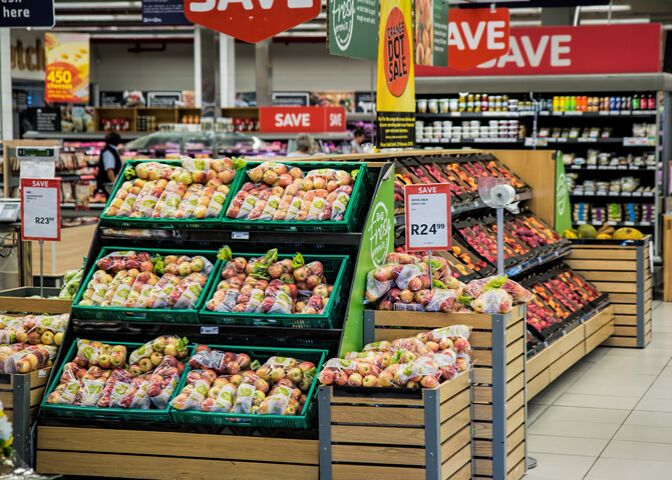It has become increasinging necessary for fruit and vegetable growers to track their farming activities if they intend to distribute their produce to major retail/distribution chains domestically and internationally. Consumers and regulatory bodies are both demanding more transparency and information about how food is grown.

Accurate tracking of farming activities is vital to meet guidelines and audits of various government regulatory agencies. The Global Food Safety Initiative, or GFSI, established in 2000 sets global food safety standards, and certifications that demonstrate produce has passed its rigorous food safety standards. Global Good Agricultural Practices (GAP) is the most widely used international standard for farm production, and includes standards for food safety and traceability, environmental protection, worker safety and welfare, animal welfare, and more.
Produce sold in the USA must additionally meet the FDA’s Food Safety Modernization Act (FSMA) standards. These agencies, combined with consumer demand for more information in labelling, make on-the-go and up-to-date farming tracking all the more important.
The farming tracking necessary for retail chains and GAP and FSMA standards to be accepted include:
- Tracking spray records, so retailers/distributors are able to look back and see the full spray/treatment history of product, from planting to shipping. This knowledge means they are able to better promote the product to consumers. Accurate tracking also reduces the liability of retailers and farmers by allowing for specific and efficient recalls of products when necessary.
- Tracking labor records and labor activities, ensures growers are complying with GAP standards and labor laws in their area. Tracking both labor activities and spray records also assist growers in protecting workers from exposure to potentially harmful residues. Tracking farming labor activities is important to meet ever changing labor standards and create accurate accounting records.
In addition to tracking to remain compliant with customers and regulatory agencies, growers use farm tracking to improve their yield and better manage their labour and expenses.
- Tracking irrigation, chemical use, and labor activities help farmers understand what product and labor costs are being applied per time period and/or geographic area.
- Tracking harvest data with reports such as harvest yield reports, fieldpack picker productivity reports,and/or harvest piece rate report can help a grower understand and improve yield and harvest costs.
- Tracking weather, pests and soil moisture can also help farmers gain more understanding and react better to the environment around them. Many growers claim that tracking these areas gives them the ability to maintain the best yield against outside environmental pressures. Software can link to weather stations, soil moisture probes, pest detection hardware in order to process and present this information so that it is easy-to-read and actionable for the grower.
Tracking Farming activities and accurate record keeping can be a struggle for many farmers, especially as regulation, standards and laws change. Finding the right method of tracking is an important step for any successful farmer.

